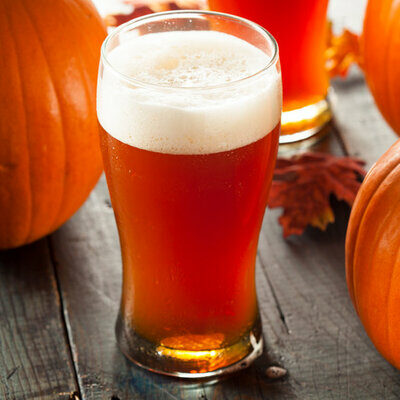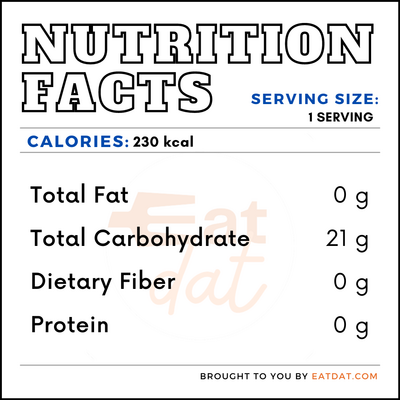
Pumpkin Ale
What is Pumpkin Ale?
Pumpkin ale is a type of beer or ale made with the flesh of pumpkins and malt, or other grains, as mash. Spices may be added to this alcoholic beverage. This drink is of American origin and is a popular autumn and winter drink in the USA. Pumpkin ales may be of different types such as pale ale, beer, porter, or stout.
- Good quality pumpkin ale has a dark caramel color and a sweet flavor with strong hints of the pumpkin.
- On average, these ales have an ABV of between 8 to 10 percent.
The top 10 most popular pumpkin beer brands are:
- Two Roads
- Shipyard Brewing Co.
- Elysian Punkuccino
- Samuel Adams
- Allagash
- Harpoon
- Coney Island
- Brooklyn Post Road
- Uinta Punk’n
- Nitro Series
- Blue Moon
Origin of pumpkin ale
Pumpkins most likely originated in Mexico. There have been archaeological discoveries of pumpkin seeds in the city of Oaxaca. These pumpkins date back 7,500 years and were small, hard, and bitter. Pumpkins were the first crops ever grown in North America. European colonizers found out that good malt was not as easily available in the Americas, and they began using pumpkins for their fermentable sugars.
The history of pumpkins in brewing in the US dates back to the 1600s and was memorialized in a folk song from 1643. The earliest recipe for pumpkins dates back to 1771. It fell out of fashion for a century or so but was again revived in the 1980s by Buffalo Bill’s Brewery.
Nutrition
Nutritional profile for pumpkin ale (1 serving):

Pumpkin is a good source of carotene, pectin, as well as other vitamins and minerals. Also, pumpkins are rich in vitamins A, C, and E, as well as lycopene and dietary fiber. The bioactive compounds, including carotenoids, tocopherols, and sterols, available in pumpkins can protect against hypertension, diabetes, cancer, and heart disease. In addition, consuming pumpkin helps with digestive problems and acts as an anti-inflammatory agent.
However, it is not recommended to drink alcohol on a regular basis. Overconsumption of alcohol can lead to several health problems, including affecting the brain’s functioning patterns and general lowering of immunity. Liver cirrhosis, pancreatitis, high blood pressure, stroke, and different types of cancers may also result from drinking alcohol in excess. It is best to consume pumpkin ale responsibly and in moderation.
Commercial production
The commercial production of pumpkin ale begins when pumpkins are cut and the flesh is roasted. Then, the flesh is left to ferment with mash, which is a mixture of grain and hot water. After that, spices and hops are added. Some brewers may leave out the pumpkin altogether and only use artificial pumpkin flavoring.
Pumpkin ale recipes
This ale is a winter drink that may be adjusted by different brewers to suit different tastes. It is a great holiday drink and may also be used to bring some chutzpah to different baked goods and desserts. Here are a few recipes:
- Spicy Pumpkin Ale
- Cupcakes
- Beer Bread
- Chili
- Pumpkin Bread
- Cake
- Waffles
- Profiteroles
- Pumpkin Beer Soup
- Pumpkin Ale Float
- Gruyere Ale Risotto
- Thanksgiving Turkey
- Pumpkin Bang
- Harvest Shandy Cocktail
FDA regulations
Ale is classified by the TTB as a malt beverage and defined as a malt beverage that is fermented at a comparatively high temperature and containing 0.5% or more alcohol by volume. Since 2014, pumpkin ales can be produced without following TTB’s formula and classified it as a traditional produce.
References
Lisa Grimm, Pumpkin Beer History: Colonial Necessity to Seasonal Treat, Serious Eats, https://www.seriouseats.com/pumpkin-beers-colonial-necessity-to-seasonal-treat-beer-history-brewing
Rehm, Jürgen. “The risks associated with alcohol use and alcoholism.” Alcohol research & health : the journal of the National Institute on Alcohol Abuse and Alcoholism vol. 34,2 (2011): 135-43., https://www.ncbi.nlm.nih.gov/pmc/articles/PMC3307043/
Sánchez-Muniz, Francisco José et al. “The Nutritional Components of Beer and Its Relationship with Neurodegeneration and Alzheimer’s Disease.” Nutrients vol. 11,7 1558. 10 Jul. 2019, doi:10.3390/nu11071558, https://www.ncbi.nlm.nih.gov/pmc/articles/PMC6682961/
